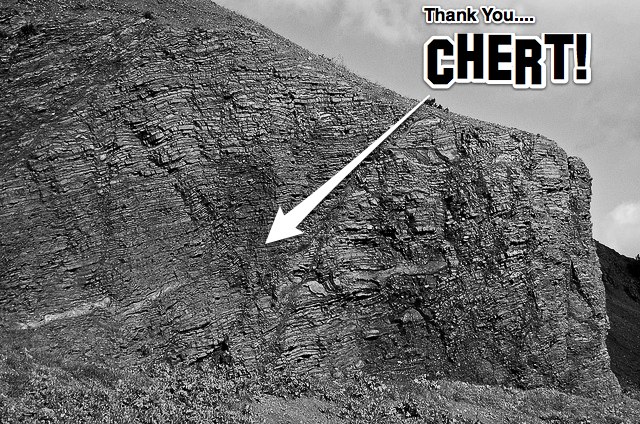As we noted earlier, today is the 105th anniversary of the Great Earthquake of 1906 — the infamous M7.8 rupture along the San Andreas Fault that severely damaged San Francisco before subsequent fires did the rest of the work destroying much of the City. The devastation was near-complete in the core of San Francisco, but Bernal Heights rode out the disaster relatively unscathed.
There were several reasons for this. Geologically speaking, Bernalwood is actually closer to the San Andreas than downtown, but the solid chert bedrock that makes up Bernal Hill didn’t shake nearly as hard as the soft sediment and artificial fill of the Financial District, Mission, or SoMa. That same chert explains why Bernal residents often miss smaller quakes that rattle people in other parts of the City.
That said, geology was secondary to Bernalwood’s survival in 1906. At the time, Bernal Heights was very much a part of the relatively-unsettled outskirts of town. There were fewer structures in Bernal to be destroyed, and most of the buildings that did exist were wood-framed working-class homes. Even on bad soil — but especially on chert! –wood structures perform better than masonry in strong shaking.
Though it was relatively uninvolved in the destruction, Bernal Heights played a big part in the phoenix-like rebirth of San Francisco in the years immediately following 1906. Amid the transition from the tent camps and wooden shacks that occupied places like Dolores and Precita Parks, people noticed that Bernal had largely escaped the catastrophe, and that it might be a (somewhat) safer place to be during any future earthquakes. Happily, that’s still true today.
PHOTOS: Top, Bernal Hill chert, by Telstar Logistics. Below, earthquake shacks in Precita Park, 1906, via Bernal History Project.


Whoa! just felt a big earthquake in Bernal. seriously.
Pingback: Our Seismologist Evaluates Last Night’s Earthquake | Bernalwood
Pingback: Help Our Senior Seismologist Create a Custom Calendar of Local Landmarks | Bernalwood
Pingback: Our Seismologist Explains Why Bernal’s Chert Is Better Than Soft Rock During an Earthquake | Bernalwood
Pingback: Young Child Discovers the Joy of Bernal’s Chert | Bernalwood
Pingback: Prepare: Next NERT Training Session Starts in June | Bernalwood
Pingback: After That Earthquake, Have You Hugged Bernal’s Chert Today? | Bernalwood